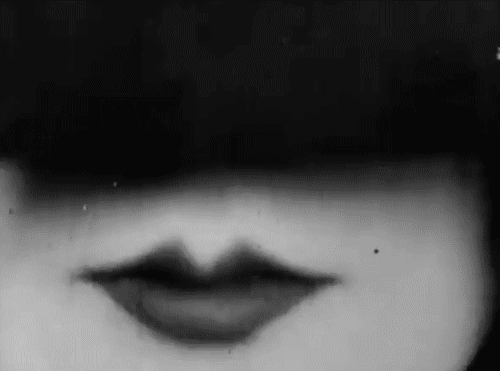?
Editing & Experimental Film Form
Chris Marker’s La Jetee is a prime illustration of the existence of experimental film as a spectrum. Unlike the clearly abstract form of Stan Brakhage’s Dante Quartet, or associational form of the 1920s classic, Ballet Mecanique, La Jetee is presented through a narrative form in the traditional sense. Despite this, the film draws largely from avant-garde cinema, and maintains the ultimate goal of experimental film throughout as it challenges the viewer to see and experience film in a new way.
Presented almost entirely through still photographs, La Jetee explores the concept of motion and temporality through unconventional means. The careful composition of each individual photograph captures a moment in time, with the transitions between each shot producing the illusion of movement, as the viewer instinctively creates closure between moments, mentally constructing one continuous, unified reality. Many of the fade transitions in the film are instrumental in constructing this reality, as they visually blend these moments together. La Jetee’s non-diegetic music is utilised to similar effect, creating audible continuity between photographs, and additionally reflecting and shaping the emotion presented within them, thereby audibly animating the image. In direct contrast with this, the film’s use of black and white colour grading in combination with its still photography creates a sense of stillness, as many of the characters are frozen in time, only existing within particular moments, which the main character traverses between. This juxtaposition of meaning reinforces the film’s exploration of the confusing nature of temporality.
In contrast with La Jetee, which tells its main narrative through a spoken voice over, reinforced by a variety of deliberate decisions in regards to film form which enhance and add depth to the film’s prevailing themes, the meaning of Leger and Murphy’s Ballet Mecanique, is derived through exploration of the film’s sequencing. An associational film, Ballet Mecanique, employs patterning to conjure ideas and evoke emotion in the audience, as viewers naturally search the film for meaningful connections. An example of this may be seen in the film’s repetition of a woman smiling, as through this repetition the action is made mechanical, thereby illustrating and reinforcing Ballet Mecanique’s prevailing theme of comparing man and machine.

